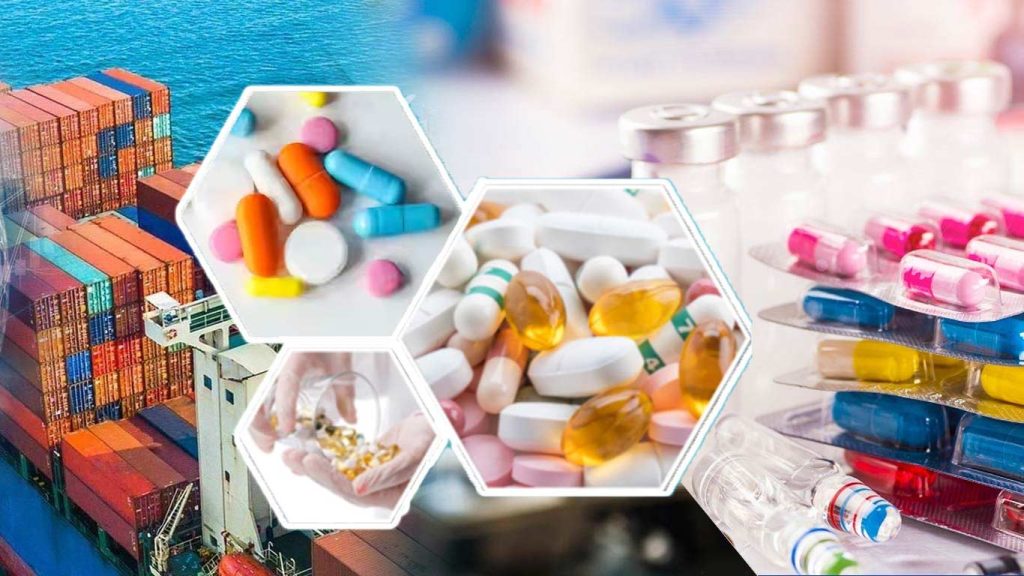It turns out that a little deregulation can go a long way, especially in Pakistan’s pharmaceutical sector. The 2024 move to liberalize prices of non-essential medicines has delivered something rare in the country’s economic narrative: evidence-based success.
In fiscal year 2025, pharmaceutical exports soared by 34%, reaching USD 457 million, the highest growth in over two decades. This impressive rise places pharma among the top five fastest-growing sectors of the economy.
What makes this achievement significant is that subsidies, political campaigns, or state bailouts didn’t drive it. It stemmed from a structural shift, acknowledging that price controls may hinder growth. The pricing deregulation allowed market forces to operate freely, encouraging investment, innovation, and international engagement. As a result, new production lines were launched, supply chains modernized, and initial steps toward import substitution began, especially for active pharmaceutical ingredients (APIs).
While most of this growth is currently tied to less-regulated regional markets such as Afghanistan, the Philippines, Sri Lanka, and East and West African nations, the trajectory is more important than the immediate destination. Pakistan’s therapeutic exports now include not just medicines, but medical devices, supplements, and nutraceuticals, a transformation that would have seemed unlikely just a few years ago.
International pharmaceutical companies, once considering leaving Pakistan, are now scaling up operations. Investments are flowing into vaccine manufacturing and raw material production, a move that strengthens both export capacity and domestic healthcare resilience.
Despite the export figure of USD 457 million appearing small in comparison to national totals, the growth momentum is undeniable. Combined therapeutic exports surpassed USD 900 million in FY25, with the billion-dollar milestone within reach if current trends persist.
This shift also positions Pakistan to capture market share in the global generics segment, valued at over USD 600 billion. As India and China move towards high-end R&D, they’re leaving a gap in low-margin, high-volume generics, a niche Pakistan can fill, especially in price-sensitive, high-disease-burdened markets.
Another major win is the credibility uplift. Previously, most pharma firms relied heavily on local sales. Today, many are turning outward, adopting practices aligned with international pricing frameworks, allowing flexibility, long-term planning, and global competitiveness.
The lesson goes beyond pharmaceuticals. It’s a blueprint for economic governance. When policy is driven by market logic rather than populist sentiment, industries respond, they invest, innovate, compete, and ultimately grow.
This same principle can apply across other sectors: agriculture, logistics, energy, and digital services. The core obstacles are not technical; they are regulatory and institutional. Just as the government stepped aside in pharma, it must now do the same elsewhere.
Pakistan’s economic future depends not on grand announcements or international bailouts, but on sector-by-sector reform, rooted in data, discipline, and realism. The pharmaceutical boom offers a compelling case study: when the government enables the market, rather than controlling it, growth follows.



Comments (0)
No comments yet. Be the first to comment!
Leave a Comment